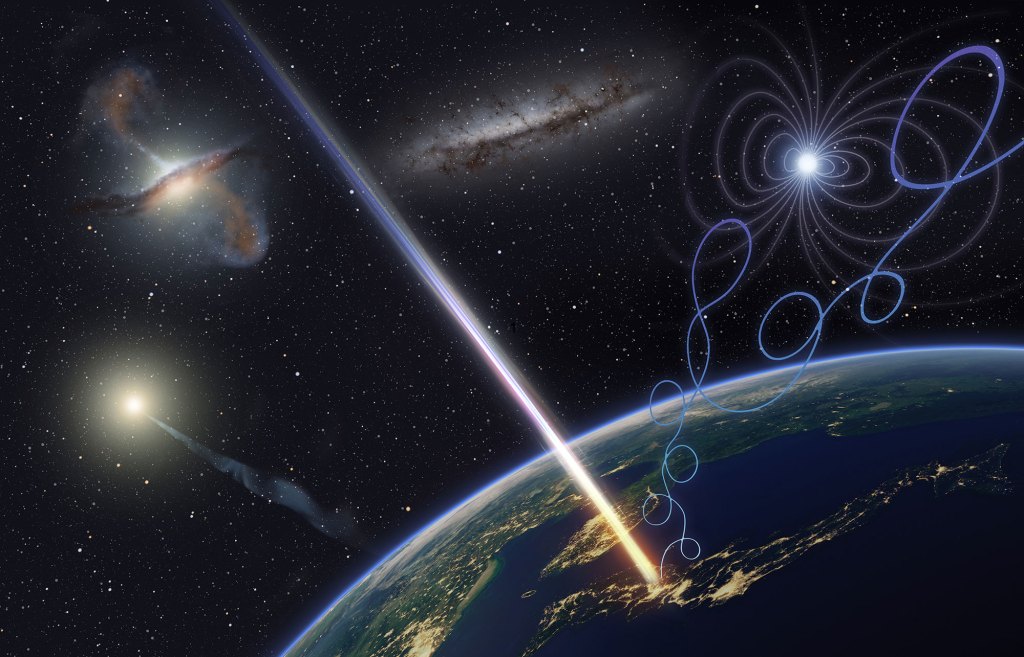If you have ever waded into the ocean, you know the feeling of being pushed around by waves lapping into shore. But even if you are miles away from any body of water, there are still ripples imperceptibly passing through you all the time, forged by cataclysmic events that originated across billions of light years of space.
These cosmic breakers, known as gravitational waves, warp the fabric of spacetime and everything in it, including us. These waves were first proposed by Albert Einstein and now, a century later, scientists have learned to observe them using sophisticated instruments, such as the Laser Interferometer Gravitational-Wave Observatory (LIGO).
Videos by VICE
Nergis Mavalvala, who serves as the Curtis and Kathleen Marble Professor of Astrophysics and the Dean of the School of Science at MIT, was part of the LIGO team that snagged the first detection of a gravitational wave in 2015, which ushered in an entirely new era of astronomy.
“The day of the announcement, when we shared with the world what we had seen, was a day I will really never forget,” Mavalvala said in an episode of Motherboard’s “Space Show” posted on Wednesday.
“Not only were we excited about the discovery because we spent our entire careers on it” but “most remarkably, the world cared,” she added. “I thought that it was really just magnificent that a scientific discovery could inspire so many people to be interested.”
Scientists have now captured more than 50 gravitational wave events that have revealed fascinating new insights about cosmic interactions that are hidden from light-based telescopes. Most of these waves come from mergers between black holes, mysterious objects that don’t emit light, though LIGO and its partners have also detected collisions of dense objects called neutron stars—and, most recently, a rare union between a neutron star and black hole.
For Mavalvala, this young and dynamic field not only allows scientists to eavesdrop on the enigmatic rumblings of the cosmos, it is also a way to get a new sense of our own place in spacetime.
“Every one of these observations tells us a little bit more about how nature has assembled our universe,” she said. “Really, in the end, the question we’re asking is: ‘How did this universe that we observe come about?”
“Why should we ask this question at all? Because it tells us about our own history,” Mavalvala concluded.




